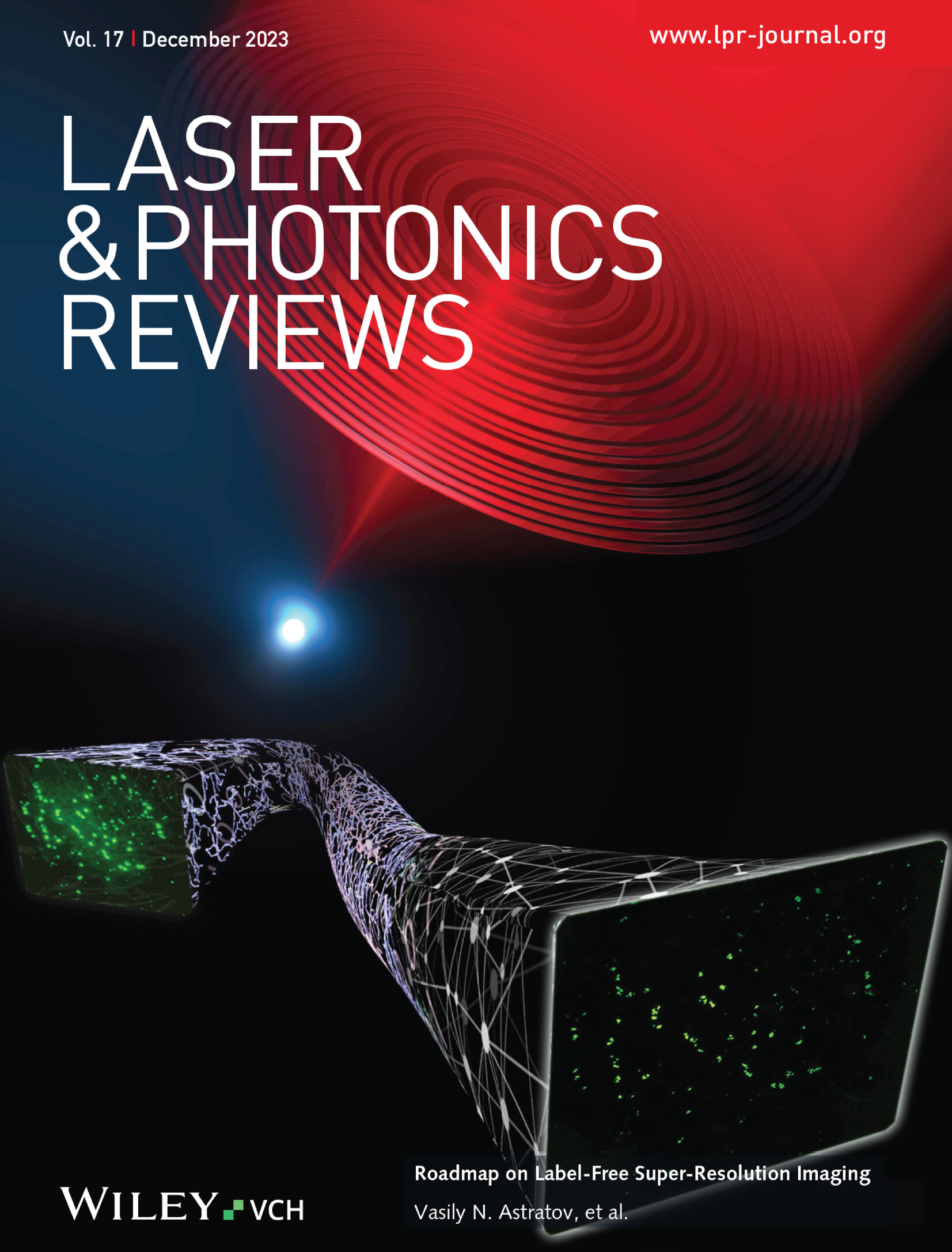Undoped Monophase Hybrid Copper(I) Halides with Highly Efficient Excitation‐Dependent Dual‐Color Emission for Multiple Applications
IF 9.8
1区 物理与天体物理
Q1 OPTICS
引用次数: 0
Abstract
Low‐dimensional hybridized Cu(I)‐based halide materials represent a new class of materials with excellent photoluminescent properties, garnering significant interest as promising candidates for scintillation applications. In this work, a novel metal halide with the structure (PZ)具有高效激发相关双色发射的未掺杂单相杂化铜(I)卤化物
低维杂化Cu(I)基卤化物材料代表了一类具有优异光致发光性能的新材料,作为闪烁应用的有前途的候选者而引起了人们的极大兴趣。本文报道了一种结构为(PZ)2Cu2I6•H2O (PZ代表哌嗪)的新型金属卤化物,在254 nm和356nm的紫外灯下,在室温下表现出青色和橙色的高效光致发光,光致发光量子产率分别高达82.9%和40.5%。通过温度相关的光致发光测量研究了能量传递过程。(PZ)2Cu2I6•H2O表现出强烈的X射线吸收和高达26700光子MeV−1的显着产光率。一种新方法制备了具有超高空间分辨率(16lp mm−1)的柔性闪烁膜。它的超薄厚度平均只有38微米,延展性超过275%。可用于X射线成像。此外,由于其在紫外线激发下的波长依赖多色发射,它也适用于制备用于加密防伪应用的发光油墨。
本文章由计算机程序翻译,如有差异,请以英文原文为准。
求助全文
约1分钟内获得全文
求助全文
来源期刊
CiteScore
14.20
自引率
5.50%
发文量
314
审稿时长
2 months
期刊介绍:
Laser & Photonics Reviews is a reputable journal that publishes high-quality Reviews, original Research Articles, and Perspectives in the field of photonics and optics. It covers both theoretical and experimental aspects, including recent groundbreaking research, specific advancements, and innovative applications.
As evidence of its impact and recognition, Laser & Photonics Reviews boasts a remarkable 2022 Impact Factor of 11.0, according to the Journal Citation Reports from Clarivate Analytics (2023). Moreover, it holds impressive rankings in the InCites Journal Citation Reports: in 2021, it was ranked 6th out of 101 in the field of Optics, 15th out of 161 in Applied Physics, and 12th out of 69 in Condensed Matter Physics.
The journal uses the ISSN numbers 1863-8880 for print and 1863-8899 for online publications.

 求助内容:
求助内容: 应助结果提醒方式:
应助结果提醒方式:


